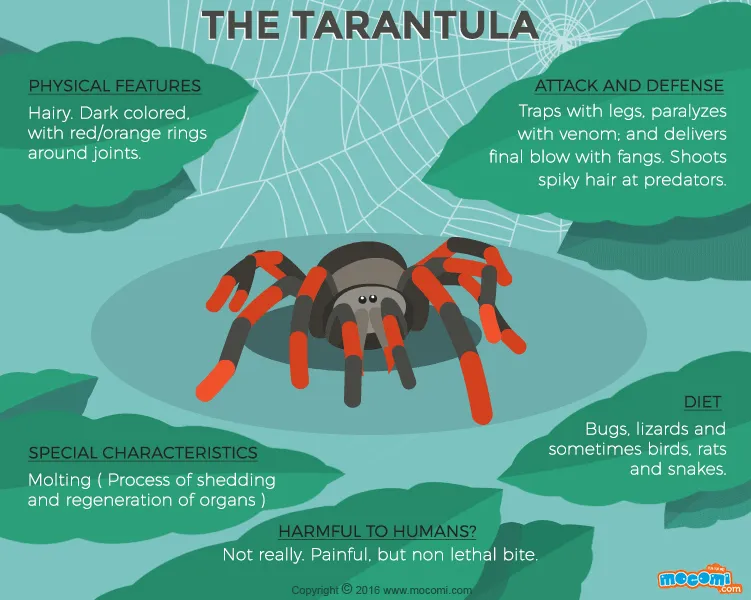What is a Tarantula Spider
Tarantulas, belonging to the Theraphosidae family, are large and hairy spiders, known for their impressive size and often docile nature. These fascinating creatures are found in various habitats around the world, from the Americas to Asia, Africa, and Australia. The word “tarantula” is often used to describe any large, hairy spider, but technically, it refers to a specific family. They are primarily nocturnal hunters, using their fangs to inject venom into their prey. Their lifespan can vary significantly depending on the species and sex, with females often living much longer than males. They play a crucial role in their ecosystems, controlling insect populations and serving as a food source for larger animals. These spiders have captivated human interest for centuries, with some species becoming popular pets due to their relatively calm temperament and unique appearance. They are a diverse group of arachnids, with numerous species exhibiting distinct characteristics.
Appearance and Identification
Identifying a tarantula involves observing several key features that differentiate them from other spiders. Body structure, including the cephalothorax (fused head and thorax) and abdomen, should be the primary observation. They have eight legs, each covered in hairs, and two chelicerae (fangs) that they use to inject venom. Their bodies are covered in setae, or hairs, which can be urticating (causing irritation). The presence of these hairs is a defining characteristic. The size is another critical factor; tarantulas are among the largest spiders in the world. Examining their size and build helps distinguish them from other smaller species. The presence of pedipalps, or sensory appendages near the mouth, is also visible and can be used for identification. Understanding these key physical traits helps in distinguishing between tarantulas and other spider species, enhancing the identification process.
Size and Physical Features

The size of a tarantula is a defining characteristic. They are among the largest spiders globally, with some species having a leg span of up to 12 inches or more. The body of the tarantula is composed of two main parts, the cephalothorax and the abdomen, with the cephalothorax housing the eyes, mouthparts, and legs. The abdomen contains the internal organs. These spiders possess eight legs, each covered in numerous hairs and claws, used for walking, climbing, and sensory perception. They also have chelicerae, which are the fangs. Males and females of some species differ in size and appearance, with males often being smaller and having longer legs. These physical attributes help in identifying and understanding the tarantula’s place in its environment and its role in its ecosystem.
Color and Markings
Tarantulas display a wide array of colors and markings. Their coloration varies considerably depending on the species and habitat. Colors range from browns, blacks, and grays to more vibrant hues like blues, oranges, and reds. Some species have patterns, stripes, or intricate markings on their bodies and legs, which serve as camouflage and species identification. The colors are produced by pigments within their exoskeletons. The presence and intensity of color can also be influenced by factors such as age, health, and diet. These color variations play a significant role in helping tarantulas blend into their environments, allowing them to ambush prey or avoid predators. Examining the color and markings helps in identifying the tarantula and appreciating the diversity within the species.
Habitat and Distribution
Tarantulas inhabit a variety of environments across the globe. They are found in the Americas, Africa, Asia, and Australia, with different species adapted to distinct climates and terrains. Their preferred habitats range from tropical rainforests and grasslands to deserts and mountainous regions. The distribution of tarantulas is influenced by factors such as temperature, humidity, and the availability of prey. They often live in burrows, under rocks, or in tree hollows, using these shelters to escape the elements and ambush their prey. The ability of the tarantula to adapt to diverse environments reflects its resilience and adaptability. Understanding where tarantulas live and their preferences enhances awareness of their ecological role and conservation needs.
Where Tarantulas Live
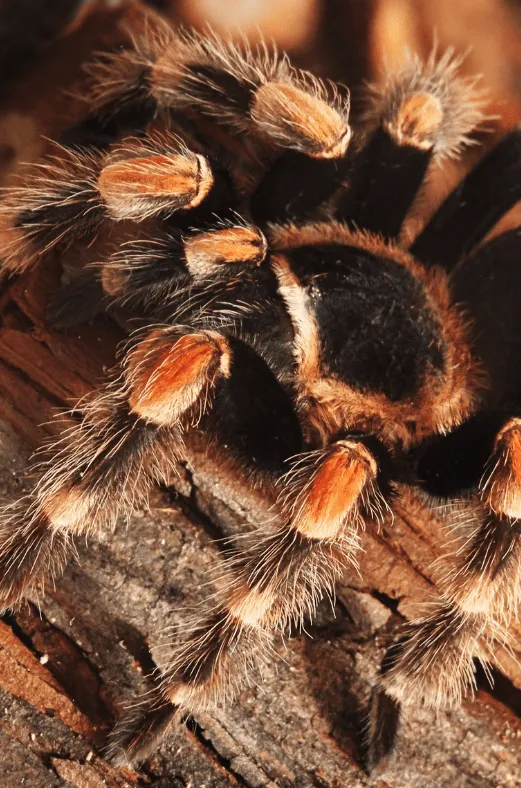
Tarantulas establish their homes in various locations, reflecting their adaptability. Some species are terrestrial, living in burrows they dig in the ground or utilize pre-existing holes. Others are arboreal, residing in trees, and utilizing the bark and foliage for shelter and hunting. They will often create silken retreats to protect themselves and their eggs. Their burrows can be quite extensive. They usually include chambers, connecting tunnels, and hidden entrances. These shelters provide protection from predators, extreme weather, and help with temperature regulation. The chosen location depends on the species, climate, and availability of prey. The habitat preference determines the physical characteristics and behaviors of the tarantula, and the locations also influence the ecosystem.
Common Habitats
Tarantulas are found in diverse habitats, ranging from tropical rainforests to arid deserts. Tropical rainforests provide high humidity and abundant prey. Deserts, on the other hand, offer harsh conditions, with tarantulas adapting to survive in burrows. Grasslands and savannas also support a range of species, where they burrow in the soil or utilize natural shelters. The specific habitat preferences depend on the species and its adaptations. Factors like temperature, humidity, the availability of prey, and the presence of predators affect their choice of habitat. Understanding the common habitats helps conservationists protect tarantulas and their ecosystems. Preserving a variety of habitats ensures the survival of numerous tarantula species.
5 Facts About Tarantula Spiders
Fact 1 Size and Lifespan
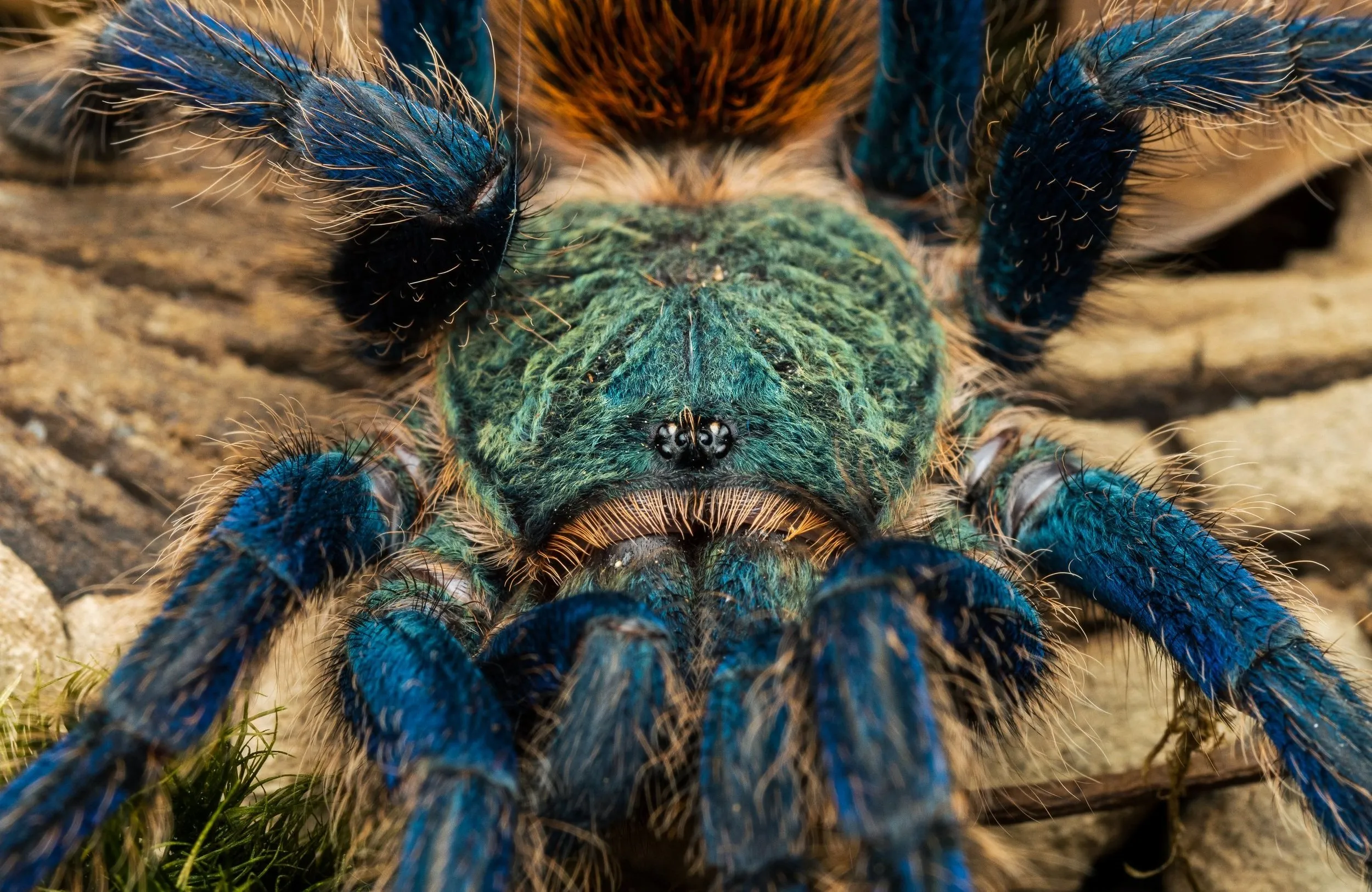
Tarantulas are among the largest spiders in the world, with some species having leg spans exceeding 10 inches. Female tarantulas generally live longer than males. They can live for up to 20 to 30 years in captivity. The size and longevity of tarantulas vary depending on the species, with larger species usually living longer. Factors like diet, habitat, and genetics affect their lifespan. This extended lifespan, coupled with their imposing size, contributes to their appeal. The differences in size and lifespan are essential aspects of tarantula biology. They help determine their role in ecosystems and their value as pets.
Fact 2 Venom and Danger
Tarantulas possess venom, but their bite is generally not life-threatening to humans. Their venom is primarily used to immobilize prey. The effects of a tarantula bite typically include localized pain, redness, and swelling. Allergic reactions can occur in some individuals, but they are uncommon. Many species also have urticating hairs, which can cause irritation and itching if they come into contact with skin or eyes. While their venom is not particularly potent to humans, the bite of a tarantula is still a bite, and therefore it is advised to seek medical attention if symptoms are severe or persist. Understanding the nature of their venom helps in dispelling common myths and promoting responsible interactions with these fascinating arachnids.
Fact 3 Diet and Feeding Habits
Tarantulas are primarily insectivores, feeding on a variety of insects, such as crickets, cockroaches, and beetles. Larger species may also consume small vertebrates, including lizards, frogs, and even small birds or mice. They are ambush predators, waiting for prey to come within striking distance. They use their fangs to inject venom, which paralyzes and pre-digests their meal. They then consume the liquefied remains. The feeding habits of tarantulas are essential to their survival and play a vital role in maintaining the balance of their ecosystems. They eat regularly, but their feeding frequency depends on their size and age. They can go for extended periods without food. Their ability to eat a variety of food is one of the reasons why they are quite adaptable.
Fact 4 Behavior and Temperament
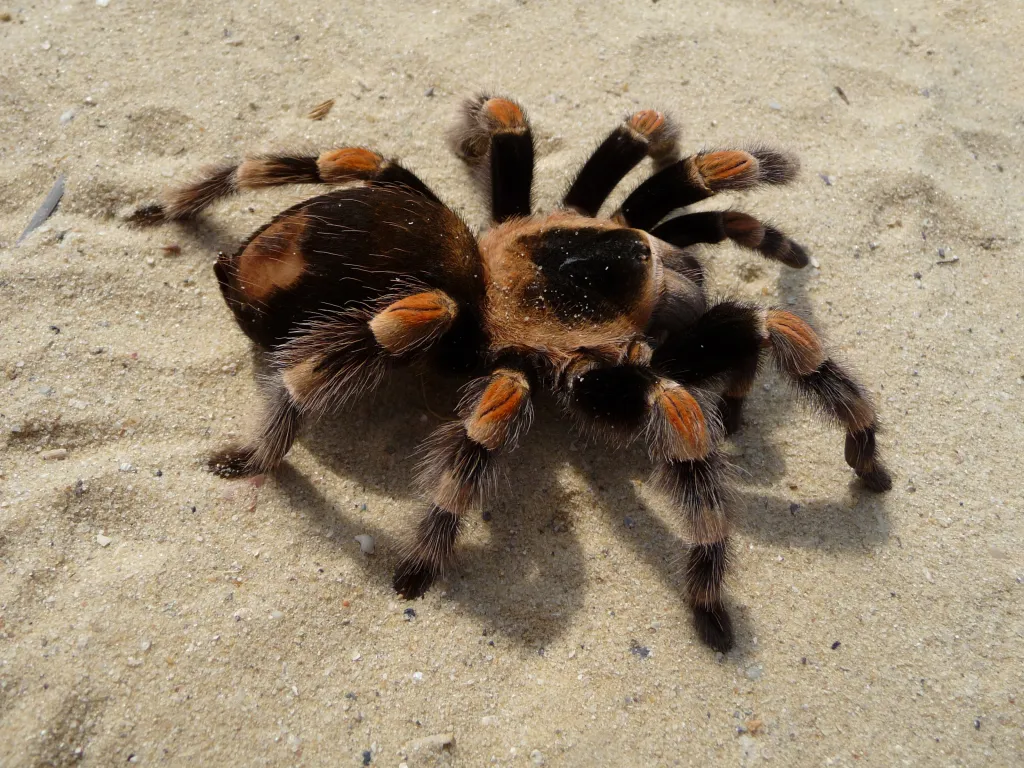
Tarantulas exhibit a range of behaviors, with most species being relatively docile and not aggressive. They are generally nocturnal, active during the night, and hiding during the day. Their behavior is affected by their environment, their age, and the season. They often hide in burrows or under cover. They may flick urticating hairs at potential threats, a defense mechanism. Defensive behaviors, such as raising their front legs or displaying their fangs, are commonly observed. The understanding of their temperament is crucial for handling and keeping them as pets. Observing their behavior helps to understand and respect these animals.
Fact 5 Reproduction and Life Cycle
Tarantulas have a fascinating reproductive cycle. Males typically reach sexual maturity faster than females. They create sperm webs and transfer sperm to their pedipalps. They then seek out females for mating. After mating, the female produces an egg sac, which can contain hundreds of eggs. She guards the egg sac carefully, and the spiderlings emerge after several weeks. They undergo molting, shedding their exoskeletons as they grow. This process continues throughout their lives. The life cycle of a tarantula is complex, and includes mating, egg laying, hatching, and molting. Female tarantulas live much longer, and this extended lifespan allows them to reproduce many times. This reproductive cycle is an important aspect of their survival as a species.
Interesting facts about tarantulas
Molting Process
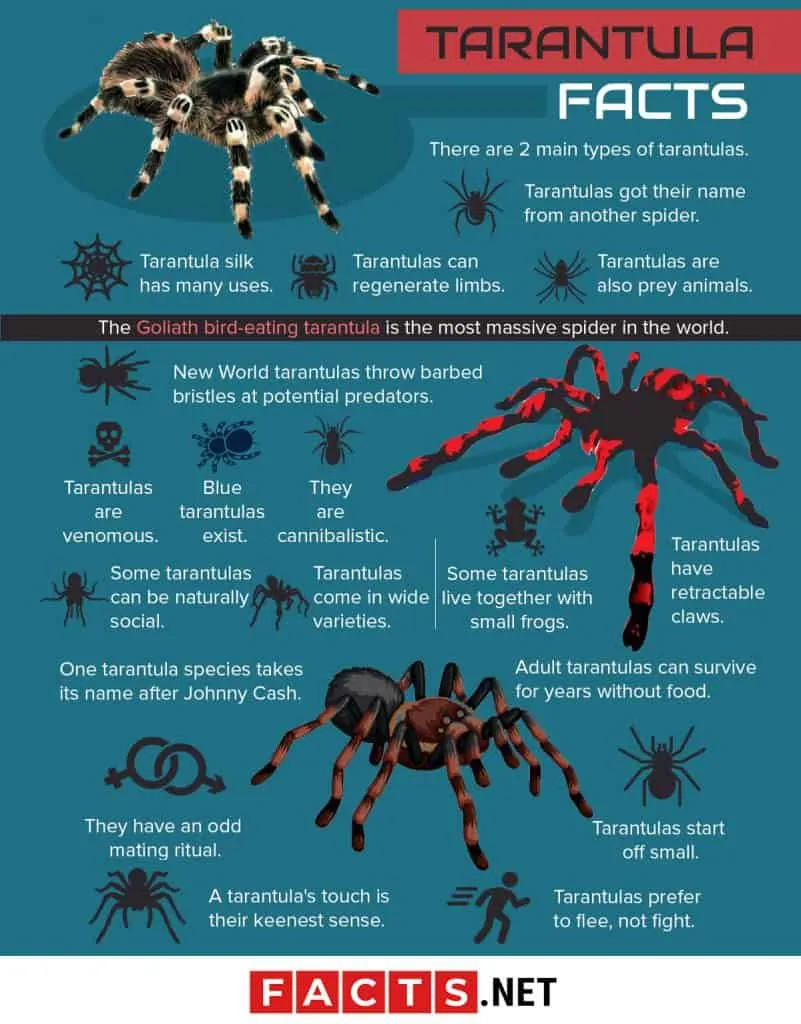
Tarantulas molt, a crucial process for their growth and development. They shed their exoskeletons to accommodate their expanding bodies. Prior to molting, they may become less active and stop eating. The process involves the spider forming a new, soft exoskeleton beneath the old one. The spider then splits the old exoskeleton, typically along the cephalothorax, and wriggles free. After molting, the tarantula is vulnerable and its new exoskeleton is soft. They typically hide during this time. Molting allows tarantulas to grow, replace damaged body parts, and maintain their health. The frequency of molting decreases as they age, but the molting process is essential for their survival. This cycle is a fascinating natural phenomenon.
Tarantulas as Pets
Tarantulas are popular pets due to their unique appearance and relatively low-maintenance requirements. They can be kept in a terrarium with appropriate substrate, a water dish, and a hide. They need to be fed regularly with insects. The care involves maintaining proper temperature and humidity levels. They have a reputation for being docile and not aggressive. Handling should be done with caution, as a bite, while not typically dangerous, can be painful. Responsible pet ownership involves research and understanding. It’s important to purchase captive-bred tarantulas. Keeping tarantulas as pets can be a rewarding experience for enthusiasts who appreciate these fascinating arachnids.
Conclusion
Tarantulas are remarkable creatures that continue to fascinate and intrigue us. From their impressive size and diverse appearances to their unique behaviors and ecological roles, these spiders offer a glimpse into the wonders of the natural world. Learning about their identification, habitats, and the essential facts about these spiders enhances our appreciation for these arachnids and the environments they inhabit. Whether you are an enthusiast, a scientist, or a curious observer, the study of tarantulas continues to offer a deeper understanding of biodiversity and the intricate web of life on our planet.
